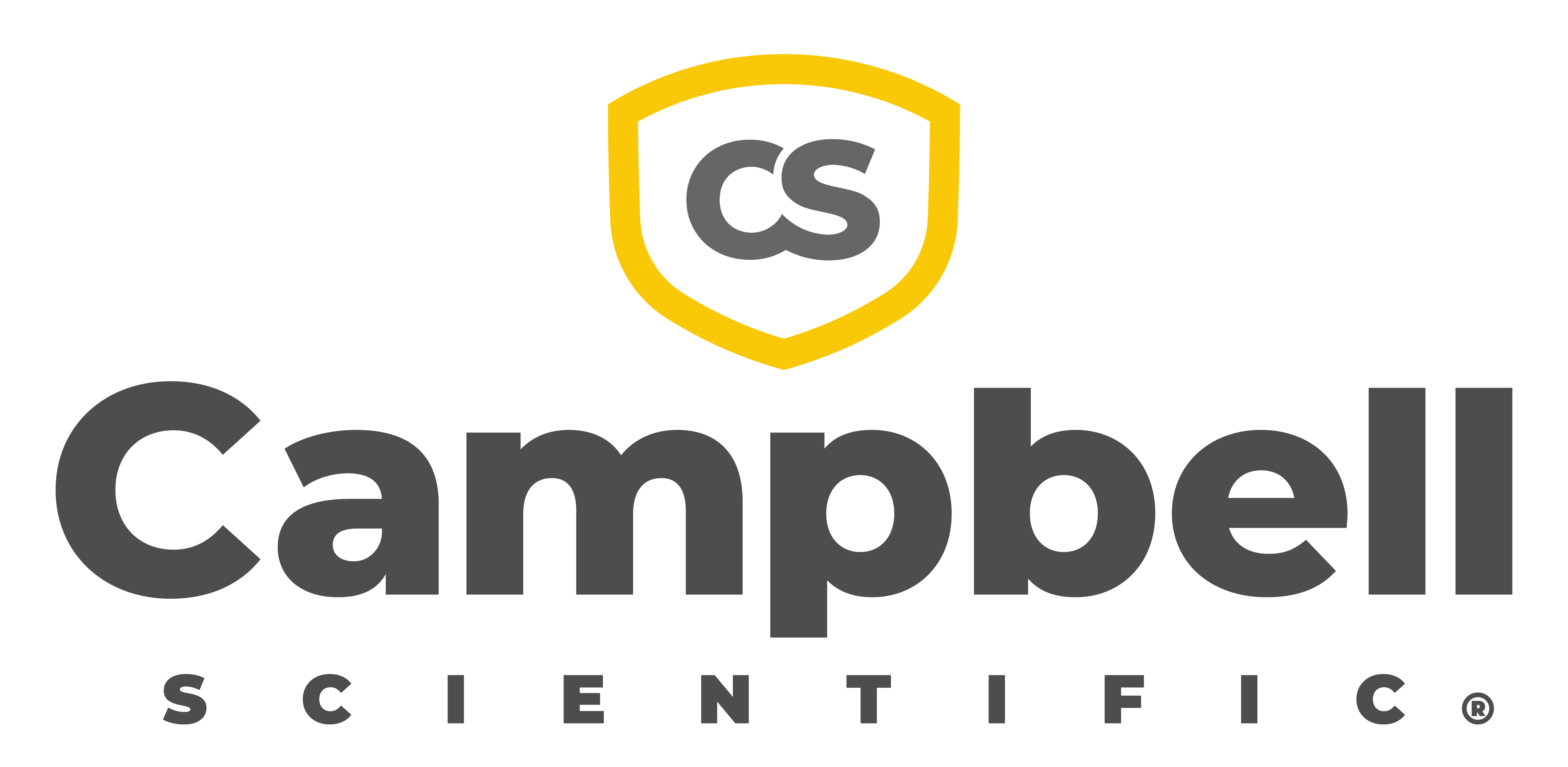|
Home > Proceedings > 2023 Proceedings Listing >
AWRA Alaska 2023 Conference Proceedings

A Perennial Snowfield Melt Model as a Synthesis of Climate, Field, and Remotely Sensed Data from the Brooks Range, Alaska Authors: Tedesche, Molly E., Cold Regions Research & Engineering Lab, US Army Engineer Research & Development Center; Fassnacht, Steven R., Department of Watershed Science, Colorado State University; Trochim, Erin D., Center for Energy & Power, University of Alaska Fairbanks; Wolken, Gabriel J., Climate & Cryosphere Hazards Program, Alaska Division of Geological & Geophysical Surveys Video Presentation Abstract Perennial snowfields, such as those in the Brooks Range, are critical to alpine and arctic ecosystems, as they influence hydrology, vegetation, geology, and serve as habitat for an array of wildlife, including caribou. Caribou are a crucial food and cultural resource for Alaska Native subsistence hunters. To understand extent changes and persistence of perennial snowfields, we developed a spatially distributed perennial snowfield melt model using the temperature melt index method, paired with multivariate binary logistic regression. Input data for calibration and evaluation are a synthesis of climate reanalysis data and satellite imagery from both multi-spectral (optical) and synthetic aperture radar (SAR) imagery. Temporal and spatial scale variations among input datasets, as well as variations in distribution and extents of the snowfields themselves, were accounted for using several methods. Snowfield metrics derived from remote sensing were evaluated by comparison with field collected data. Probabilities of perennial snowfield melt at several thresholds were modeled using terrain-adjusted gridded temperature and net solar radiation data. Conditions of snowfield disappearance or persistence, from one melt season to the next, were derived from Sentinel-2 optical imagery. Melt-onset and freeze-up dates were determined using Sentinel-1 SAR backscatter intensity differencing. The model was calibrated in a focused domain within the Brooks Range and evaluated in an alternate location around the Alaska Native village of Anaktuvuk Pass. Results of the perennial snowfield melt model indicate best performance at probability thresholds from 50% to 70%. Local community members from the village of Anaktuvuk Pass were involved in field work decision making processes and data collection. Model application is intended for quantifying one of many potential contributing factors to changes in arctic caribou herds observed by Alaska Native subsistence hunters. Citation Please use the following citation when citing this presentation: Tedesche, M.E.;, Fassnacht, S.R., Trochim, E.D., and Wolken, G.J.
(2023, March 6-8).
A Perennial Snowfield Melt Model as a Synthesis of Climate, Field, and Remotely Sensed
Data from the Brooks Range, Alaska.
Alaska Section American Water Resources Association 2023 Annual Meeting, Anchorage, AK,
United States. https://ak-awra.org/proceedings/2023/MollyTedesche_SnowfieldModel.html
|






